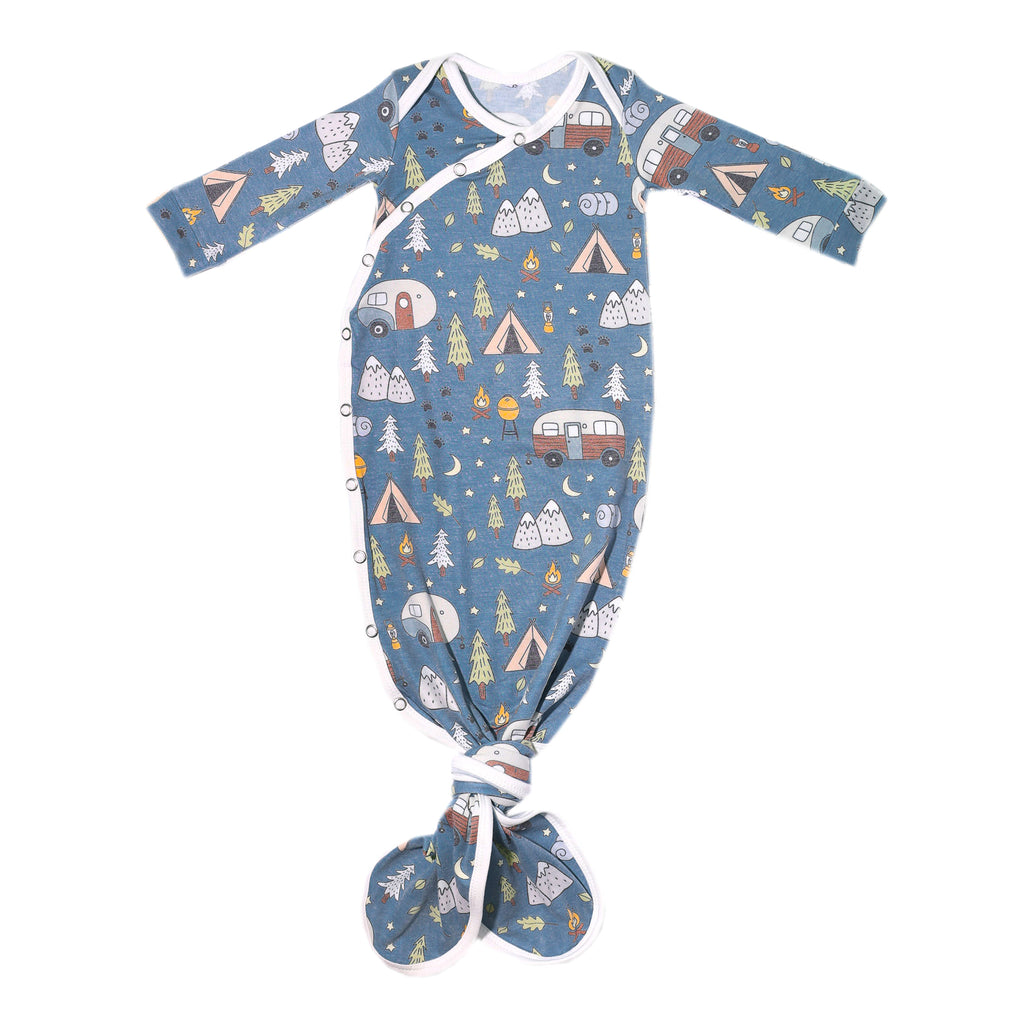Who knew that there were so many pacifier options on the market, right?! I surely did not know that until I had my first baby. I mean, yeah, I had seen all sorts of pacis that looked different, but I didn't know just how different they were or why it might matter. When you don't have a baby to give a pacifier to, then I guess that isn't a common thought. But then one day, you are expecting a baby and you're trying to decide between rubber and silicone, rounded and orthodontic, and on and on and on. Let's talk material differences today, and tackle the rest later.
Rubber
Rubber is all natural so that fact itself sells a lot of people looking for all-natural products. Along with being all natural, rubber is more flexible than silicone, so it mimics the breast better and will feel more like the breast to breastfed babes. These pacifiers are also biodegradable. Although these are desirable features, there are a few possible cons.
These pacifiers will expand and break down quickly. Due to the natural quality of the rubber, these nipples will expand as they are continuously sucked on. So your baby could be using a 0-6 month pacifier, but the nipple will expand and become more like a 6-12 month pacifier. Along with that expansion, within 6-8 weeks of use, these pacifiers will start to break down. They start to get sticky and you will see the wear and tear on them--it's at this point they need to be replaced.
A good way to prolong the life of these pacifiers is to have multiple in use at once! You can keep one for the crib, one for the car seat, and a few around the house to be rotated through.
*Rubber pacifier brands: Natursutten, Ecopiggy, and Bibs
Silicone

Doodle and Co. The Pop Pacifier
Silicone is not an all-natural material but is a completely safe material. These are much easier to clean and sanitize than rubber pacifiers because they can be boiled or steam sanitized without the worry of breakdown. Silicone pacifiers tend to be much more affordable than the rubber pacifiers, so that can be a major selling point for many parents!
The downside to silicone is the fact that it is a thicker material, so it is more rigid than the rubber. Because of that, it might take baby a little longer to actually take to the pacifier since it is more rigid than mom's breast or a bottle nipple.
*Silicone pacifier brands: Jollypop, Avent, Doodle and Co., Wubbanub.
There you have it. Now you can pick your kiddo's pacifier material type knowing what the difference is rather than just picking whatever you have seen around town! Stay tuned for articles to come talking about the different shapes, and diving further into our favorite brands!
Written by: Alyssa Liston







1 comment
[…] you feeling extremely educated on pacifiers now? I hope so! Be sure to check out our post about pacifier materials if you are wanting more information about that! Remember if you try one with your babe and they […]